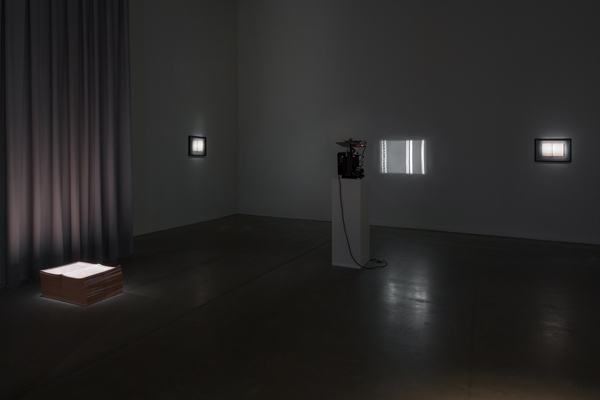
The Third Room, 2014. Solo show at ARoS Aarhus Kunstmuseum, Aarhus, Denmark
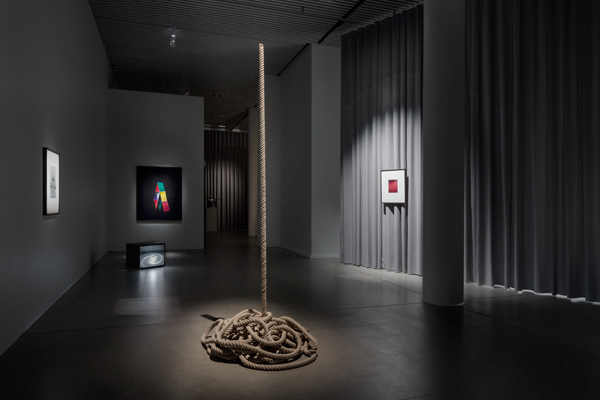
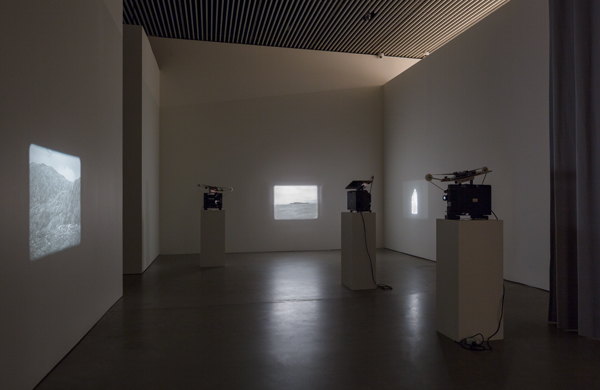

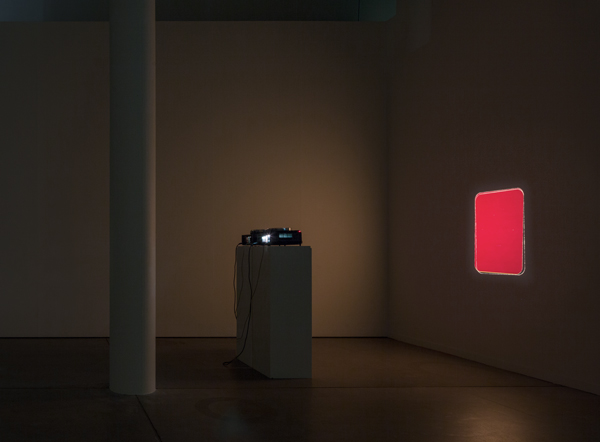
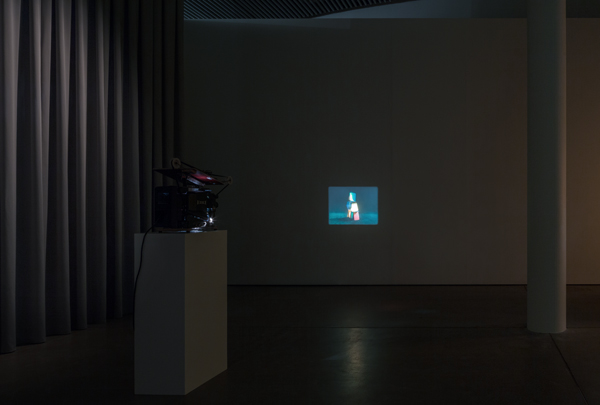
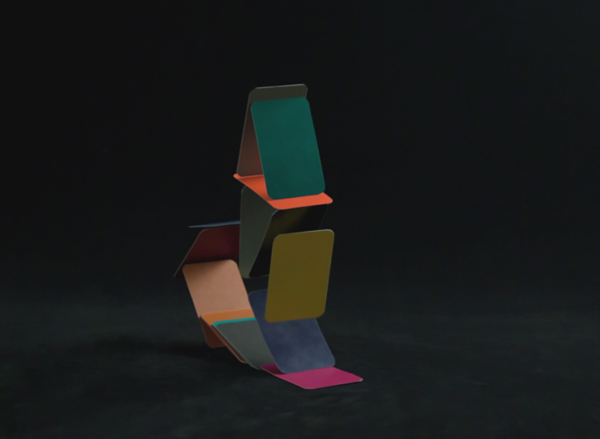
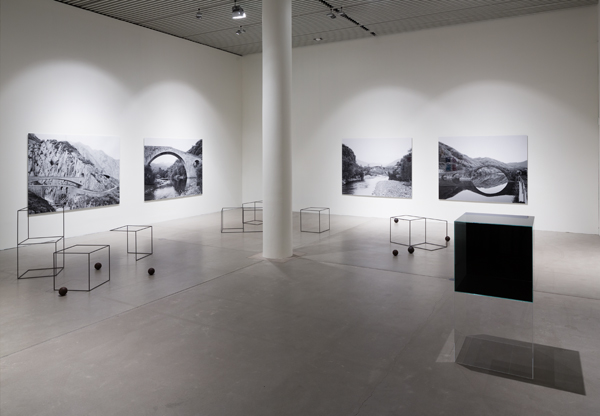
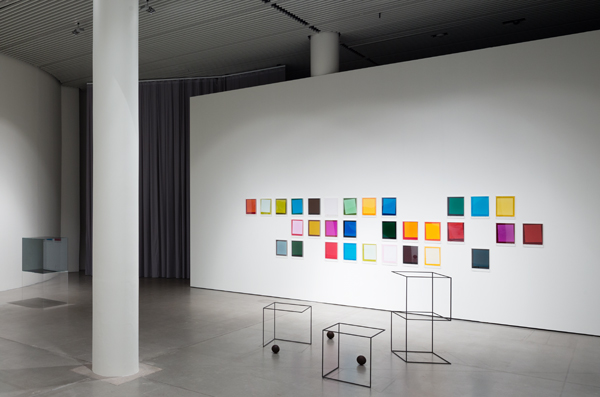
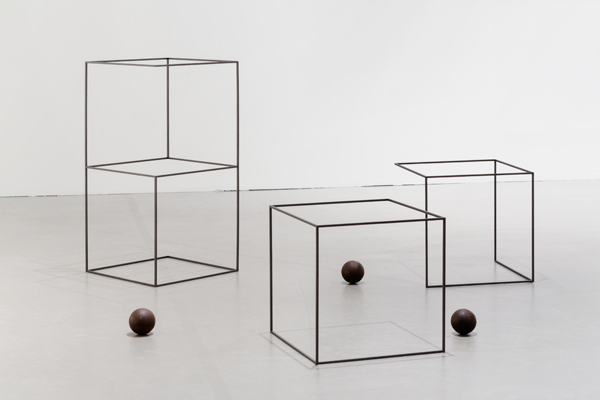
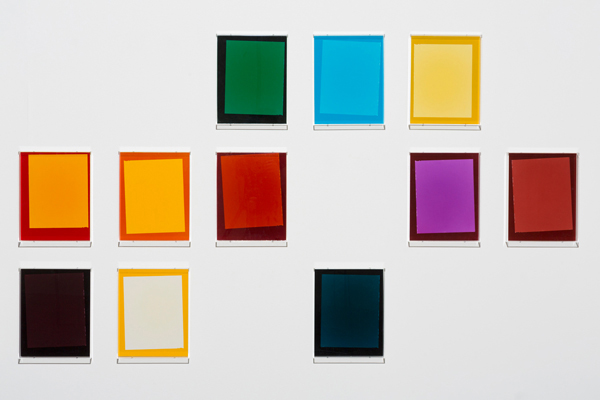
Catalougue Texts
Graham Harman: The Third Room
The Third Room is not only an excellent name for this solo show by Ebbe Stub Wittrup, but quite possibly a fitting name for art as a whole. As I claimed in a 2012 essay entitled “The Third Table”, written for the catalogue of the Documenta 13 exhibition, art and philosophy are linked through their shared exploration of a third space between two opposite but equally exaggerated reductions. If natural science tends to replace the object with a mathematical formalization of its ultimate constituent parts, social science performs the contrary maneuver, replacing the object with a discourse as to how the object is shaped by language or society. The first method treats objects as being too shallow to be the center of intellectual attention, and the second method treats them as being too deep. We might call them the “undermining” and “overmining” approach to objects. The shared vocation of philosophy and art is that both are professionally bound not to overmine or undermine their objects. That is to say, neither philosophy nor art can explain its objects in terms of their constituent parts or how they are observed by any given viewer. In both cases the object of desire is a third term irreducible to the two others. There are at least two basic ways to discover or produce this third term. We can show that something emerges over and beyond a thing’s tiny constituent pieces, thereby challenging the notion that the object is merely the aggregate of those pieces: an anti-undermining move. Or we can show that something hides beneath the surface legibility of an object, perhaps by indicating some strangeness or distortion that hints at a force concealed behind the object’s outer contours: an anti-overmining move. In what follows, I will look for the implicit trace of such strategies in Wittrup’s show, since they are the only way to enter the promised third room— one barely known to the natural or social sciences.
The title of The Indian Rope Trick (2012) refers to a legendary stunt sometimes said to have been performed in India since ancient times, but at other times claimed to be a sheer hoax perpetrated by the Chicago Daily Tribune in 1890. The trick supposedly runs as follows. A rope rises vertically of its own accord. It is then climbed by a magician or magician’s apprentice, who would either disappear from the rope and reappear elsewhere, or continue climbing out of view. In some cases the magician was said to have pursued his apprentice into the sky and cut him apart like a butcher, later reassembling the body parts and resurrecting the apprentice. Still others claim there is no rock-solid evidence that the trick was ever performed prior to the Tribune’s report, though certain magicians learned to reconstruct such a trick after hearing of it. This raises the possibility that an entire magical tradition was produced retroactively by a lie.
Wittrups series of works The Indian Rope Trick consists, among other things, of a stiff piece of rope ascending from a pile on the floor along with a 16mm film depicting slowly turning strands of rope, replaced now and then via fade-ins of other such ropes. This already confronts us with an ambiguity. For where is the ‘trick’ to be located? Is the trick the rigid vertical ascendance of the rope from the floor? In that case, the film would be a kind of moving accentuation of a sculpture-like trick. Or is the trick to be found in a subtler form in the film’s fadeins of various strands of rope? If so, then the vertical rope would be a stand-in announcing the presence of the genuine trick and bona fide artwork: the film. It seems more likely that neither the rope nor the film fully embodies the Indian rope trick, and that both are faint incarnations of a trick located elsewhere. But where: in India? Hardly. For despite the word “Indian” in Wittrup’s title, one finds no trace of history or geography in the work itself. Those wishing to know the history of the Indian rope trick will have to resort to the article by Fred S. Ellmore (a.k.a. John Elbert Wilkie) reprinted by The Chicago Daily Tribune in 1890. Indeed, the spice and exoticism of India are altogether absent when we look at the work as a material manifestation disconnected from a real ’Indian’ context, and even from its current setting in Aarhus, Denmark, that there is something vaguely teasing about its title.
There is more to be said about the title. We might imagine that the work had simply been called The Rope Trick or Rope Trick. This would call our attention to the apparently impossible anti-gravitational efforts of a rope ascending into the air from its pile, while announcing with the word “Trick” that some vague hidden agency is involved. By calling something a “trick” in advance, a magician provides a certain complicity with the audience, however baffled they may be by the means of trickery. Imagine how much less reassured we would be if the title of the work were simply “Rope”. Here we would be left alone to confront the invisible nonnatural force without the artist admitting in the title that someone or something was responsible. Even in this case, the work itself would already produce a vague third term, the inscrutable agent responsible for the rope’s unnatural motion. But the full title, The Indian Rope Trick, makes our job as viewers easier by producing an additional pair of hidden third terms (or “third rooms”) that capture our interest. First there is the causal agent of trickery, whatever it might be, whose existence is now conceded by the artist. And second, the unusual formal structure of the rope-pile and its vertical portion is christened with an essential “Indianness”. But given the absence of any historical setting or stereotypically Indian visual cues, the austere configuration of the rope itself must do all the work of India.
In short, there is trickery afoot in this work, but it cannot be found in India any more than in the rope-pile or the video. Each component of the work is clearly driven by an unknown causal agent known only through its effects: rigid ascendance in the sculptural portion, slow twisting and intermittent fading in the video. “India” provides no historical context for the work, but functions more like a proper name, just as we might call a newborn kitten “India”. At most, this specific name provides a scent of the exotic for the unknown causal force that haunts the work. In this sense, is The Indian Rope Trick not another good name for art itself?
Wittrup also gives us a series of works based on the Lüscher colour test, rather popular in the United States of my youth, and still accessible on websites for anyone wishing to take the test. (I took it again while writing this essay, and with seemingly accurate results). The test works by having subjects put the cards in a specific order, which thereby supposedly reveals the inner secrets of the personality. In the eight-fold series of photographs entitled Eight Cards (2011), Wittrup is presumably hinting at eight unidentified personalities expressed in each of the orderings of the stacks. While a mainstream rationalist might regard the depiction of human personality in terms of eight coloured cards as flighty, whimsical, or arbitrary, Wittrup’s Eight Cards actually teaches the opposite lesson. For one thing, this artwork is a series of photographs, thereby giving the various colour combinations a certain permanence. Wittrup might easily have avoided such permanence, had he wished to do so, by presenting the cards as an installation, with eight small tables equipped with a full set of eight cards, inviting the viewer to observe or even shuffle them. By photographing them instead, Wittrup leads us to infer a structural durability and simplicity in each human persona. Where existentialism pulled off an ethical coup d’état by proclaiming that we are nothing over and above our actions, Wittrup’s Eight Cards suggests a “chromatist” philosophy in which the personality is to be read not in its actions, but in a simpler enduring structure. We are not overmined by our acts in the manner that the existentialists wished. Naturally, Wittrup also makes no suggestion that these colours are mere surface phenomena generated by underlying wavelengths of light: which might be read as a metaphorical assault on computational models of the brain and braincentric models of personality. We are not undermined by our neural activity in the way that brain scientists might wish. Instead, Lüscher’s colour combinations are treated by Wittrup as the ultimate building blocks of personality, and to some extent of the cosmos as a whole.
Though it is unlikely that Wittrup had such notions consciously in mind while creating his card-art, his related film House of Cards (2013) only strengthens the point. The film simply reverses the usual meaning of the cliché “house of cards”, which generally refers to the hubris and frailty of apparently grand designs as they are undercut by even the slightest vibrations. Indeed, House of Cards might make an excellent book title for a reductionist philosopher hoping to prove the insubstantial character of all entities larger and more complex than the tiniest subatomic things: Peter van Inwagen comes immediately to mind. But in Wittrup’s hands, the usual collapse of the house of cards is reversed, as the film depicts isolated cards slowly assembling into their card-house. The house of cards is no longer a doomed piece of sloppy construction work, but a kind of attractor or destiny for the individual cards. It is an artwork in honor of emergence, one that injects some hope into what is too often an atmosphere of robotic nihilism among mainstream artists and intellectuals.
Let’s consider two more works from Wittrup’s rather versatile show. I admire the deceptive complexity of Necker Cubes (2013). Atop a transparent cube there is mounted another cube with polarized glass that causes it to change appearance depending on the perspective from which it is seen. Moreover, both cubes lack some sides, meaning that their apparent solidity is in part an illusion. The work seems to have an interesting relationship to Minimalism. In one sense, the formal language of simplistic cubes is clearly borrowed from the minimalists. But in another sense, Wittrup’s piece has an opposite result. In Minimalism, much as for Marcel Duchamp, there is never more than meets the eye; the drama of art is left to unfold along a perceptual or cognitive surface. But in Wittrup’s Necker Cubes there is not just a surface, but a missing “third room” that the eye is only gradually led to detect. In this respect the work has less in common with Minimalism than with phenomenology, the school that revolutionized European philosophy beginning with Edmund Husserl’s Logical Investigations in 1900-1901. For Husserl, one of the primary philosophical experiences is that of an object seen differently at different times and from different sides while still remaining the same object all the while. British empiricists such as David Hume had reduced objects to shifting façades of appearances linked together only through customary conjunction and human habit. For Husserl, by contrast, there is absolutely and undeniably a unified object beneath the swirling play of surface effects. In fact, for Husserl there is no better way to demonstrate the reality of an object than to be able to display it in different permutations without changing its identity. This idea has ancient roots: Aristotle wrote that Socrates deserves to be called a “substance” because he is sometimes happy and sometimes sad, sometimes standing and sometimes sitting down. By the same token, the uppermost part of the Necker Cubes deserves to be called an object precisely because it is sometimes black, sometimes grey, sometimes transparent. I would go so far as to claim that this work tells us less about the relativity of perception than about the underlying object whose unity is indifferent to perception’s countless ambiguities.
The photographic series Devil’s Bridges (2009) documents a number of physically dazzling bridges known by this collective nickname for a reason easy to guess: namely, it was widely believed that only a deal with the devil could make such bridges constructible. What strikes me as the key feature here is the plurality of the images. Had we been offered just one photograph entitled Bridge, we would have had a picturesque image, admirable for its beauty. If it had been a single photograph entitled Devil’s Bridge, this new edgy name would draw heightened attention to the impossibly acrobatic character of the bridge and perhaps certain ominous lighting features. But the fact that Wittrup’s work is a series leads to the revelation or production of at least two new objects. One is the implied existence of a “devil’s bridge” as a recognized architectural type, an ideal object or Platonic form lying in the heart of all the many individual bridges. There is something faintly disturbing about this suggestion, since our secular age can easily laugh off the devil’s supposed presence in the case of a single bridge, but it is much harder to laugh off an archetype present in numerous cases. The second produced object is the devil himself — a figure no longer taken seriously by most intellectuals, but one whom the photographs suggest that we take more seriously, if only on a temporary or “devil’s advocate” basis.